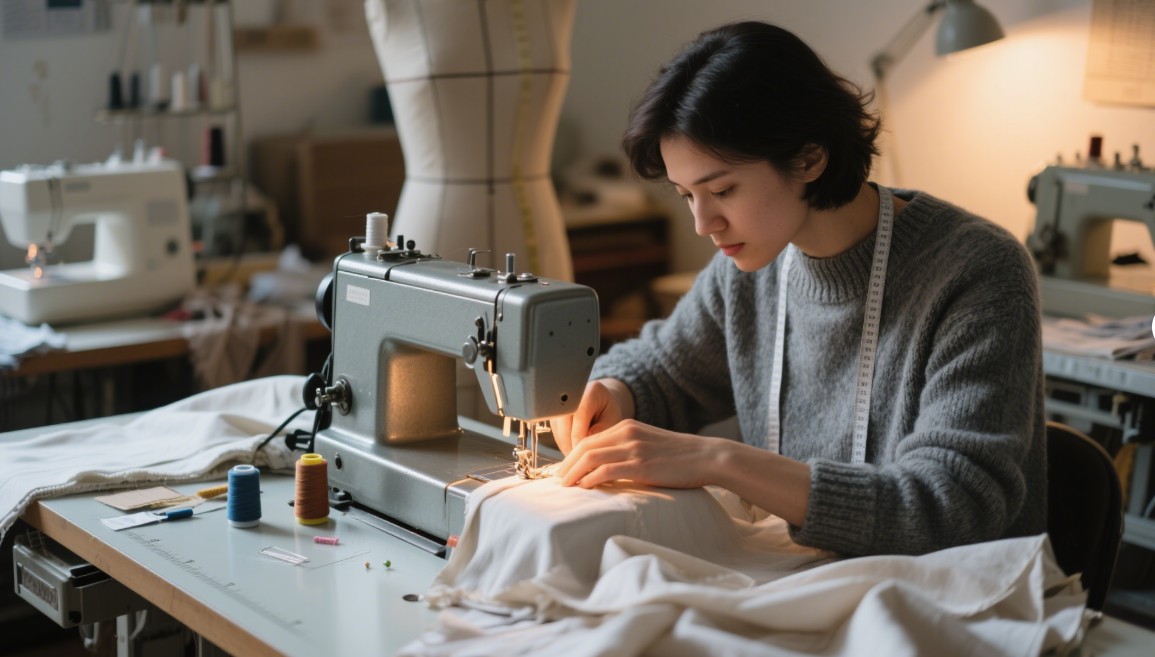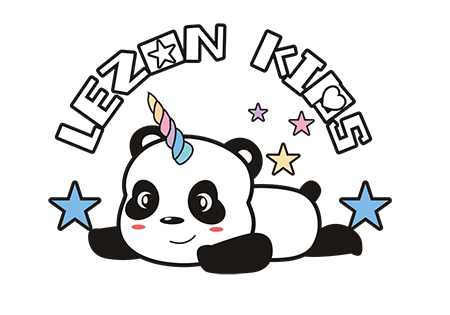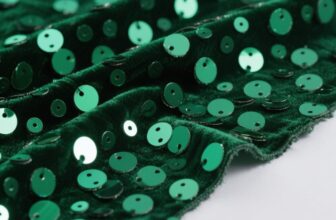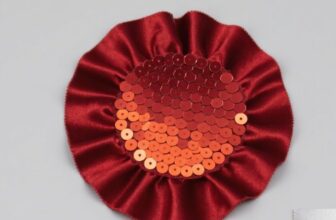2025-05-23
A Comprehensive Analysis of LEZONKIDS’ Free Design Services
The global childrens wear market is booming. In fashion-forward Britain, exotic Middle East, and other regions, parents increasingly demand higher quality, innovative designs, and personalized styles for children’s clothing. However, the children’s wear design industry faces significant challenges beneath this prosperity. These challenges hinder brand owners and designers from pursuing innovation and business success.
Three Core Pain Points in the Children’s Wear Design Industry
1.1 The Real Dilemma of Translating Creativity into Reality
Creativity is crucial for brands to stand out in the global childrens wear market. Designers are full of inspiration and develop novel concepts. Yet, transforming these ideas into physical products is challenging. Exquisite patterns and unique tailoring on design drafts often fail to materialize during production. High technical complexity and limited fabric choices are common barriers. Many brand owners approach suppliers with creative ideas but abandon projects due to feasibility issues, wasting numerous excellent design concepts.
1.2 The Design Cost Dilemma of Small-Batch Orders
Personalized childrens wear demand is rising, making small-batch orders the market norm. For small brands or startups, small batches meet diverse needs and reduce inventory risks. However, traditional design models fix costs regardless of order size. This inflates unit design costs for small batches, squeezing profit margins and placing businesses in a difficult position.
1.3 The Risk of Disconnection Between Process Realization and Production
Childrens wear design requires both aesthetics and comfort/safety. In practice, process realization often deviates from design plans. Designers may lack production process knowledge, making designs unfeasible. Manufacturers may alter details to cut costs, deviating from original intent. Such issues harm product quality and brand reputation.
Decoding LEZONKIDS’ Design Support System
LEZONKIDS addresses these challenges with its free design services, developed through years of industry experience. The goal is to help global brands and designers achieve both creative and commercial success.
2.1 Design Outpost
LEZONKIDS has built a robust design outpost system. It maintains a database of over 200 popular elements, tracking global fashion trends. Whether preppy styles in Britain or exotic patterns in the Middle East, the database covers diverse aesthetics. Seasonal color palettes are intelligently updated—for example, soft spring hues that align with regional preferences. The process library is a key asset, featuring applications like sequins and reflective fabrics. A children’s sports jacket, for instance, uses reflective cuffs/hem with sequins for style and safety, inspiring creative craftsmanship solutions.
2.2 Operation Mechanism of the Design Collaboration Cloud Platform
To enhance efficiency and align design with production, LEZONKIDS has formed a collaborative team. Comprising photographers, designers, and artists, the team translates client ideas into drafts and realistic renderings. Clients review designs from multiple angles, provide feedback, and accelerate revisions. The team also collaborates online with partner factories. During complex embroidery projects, factory technicians share real-time equipment and timeline data, ensuring designs are both visually appealing and producible.
2.3 Professional Design Team Providing Inspiration
LEZONKIDS’ design team is a core strength. With deep expertise and trend awareness, designers analyze at least 50 viral children’s wear styles monthly. They identify design features, popular elements, and success factors. Whether British princess styles, streetwear, or Middle Eastern opulence, the team captures regional preferences. By listening to clients, they translate abstract concepts into tailored designs, creating unique products.
Full-Link Escort from Concept to Mass Production
3.1 Design Feasibility Pre-Approval Process
After initial designs, LEZONKIDS conducts strict feasibility reviews. A real-time fabric inventory system ensures material availability for production. Special processes undergo capacity testing—for example, evaluating beading equipment output to fulfill order requirements. If capacity is insufficient, teams communicate with clients to adjust plans and ensure smooth production.
3.2 Practical Cases of Design Optimization
LEZONKIDS has a proven track record in design refinement. A co-branded IP children’s wear project underwent seven iterations. The first 3D renderings showed a cluttered look, so designers adjusted IP placement, pattern size, and colors. The final design balanced IP identity with market appeal, becoming a bestseller.
Cost control is another strength. For patchwork designs, combining patches with sequins, beading, or embroidery offers flexibility. In a denim jacket project, optimizing patch cuts and embroidery placement reduced material waste by 23%, lowering costs while maintaining style.
Support from a 6,000㎡ Factory
LEZONKIDS’ 6,000㎡ modern factory ensures quality and efficiency. Equipped with advanced cutting, sewing, dyeing, and finishing lines, it follows strict international quality standards. Experienced technicians and managers handle all order types—from small custom batches to large-scale production—delivering on time and to specification.
Sincere Invitation for Cooperation
 In a competitive market, LEZONKIDS offers a full-service model from design to delivery, centered on free design services. The team values every creative idea and believes in every brand’s potential. Choosing LEZONKIDS means partnering with professionalism and efficiency.
In a competitive market, LEZONKIDS offers a full-service model from design to delivery, centered on free design services. The team values every creative idea and believes in every brand’s potential. Choosing LEZONKIDS means partnering with professionalism and efficiency.Whether you’re a seasoned British brand, a Middle Eastern startup, an innovative designer, or a visionary entrepreneur, we invite you to collaborate. Together, let’s unlock childrens wear design possibilities, create globally loved products, and lead the market. Contact us to start this new chapter!









